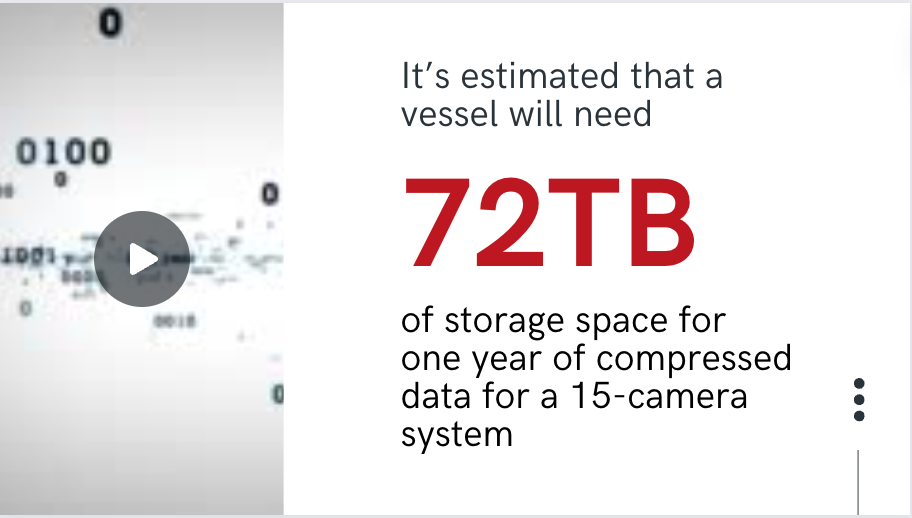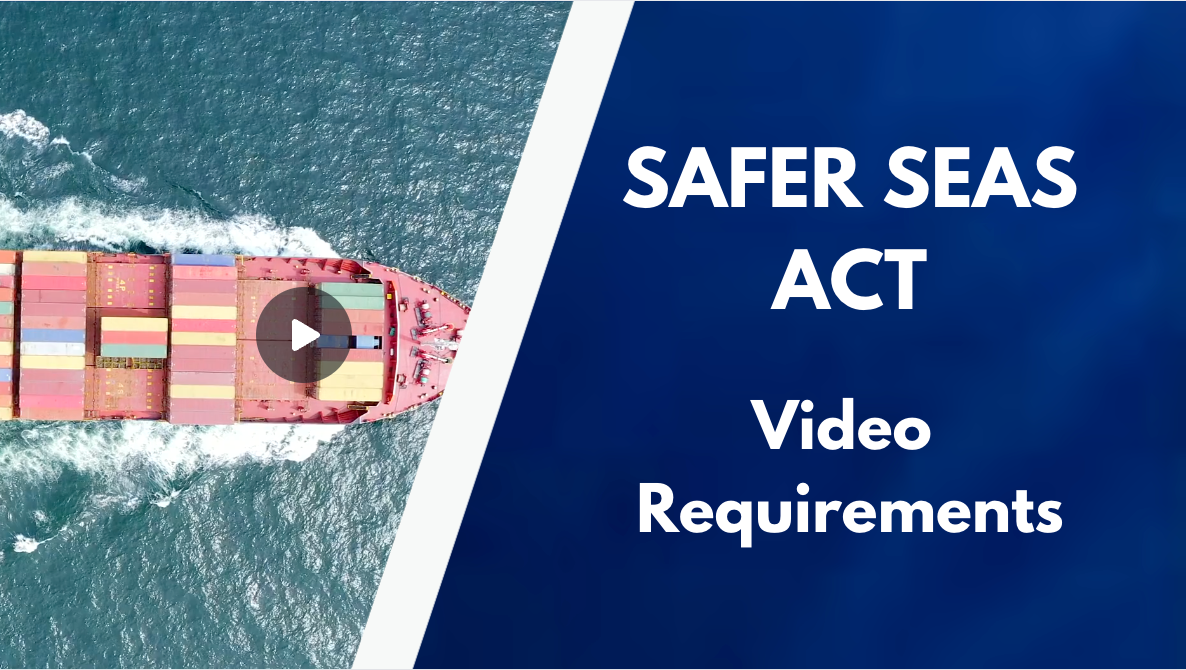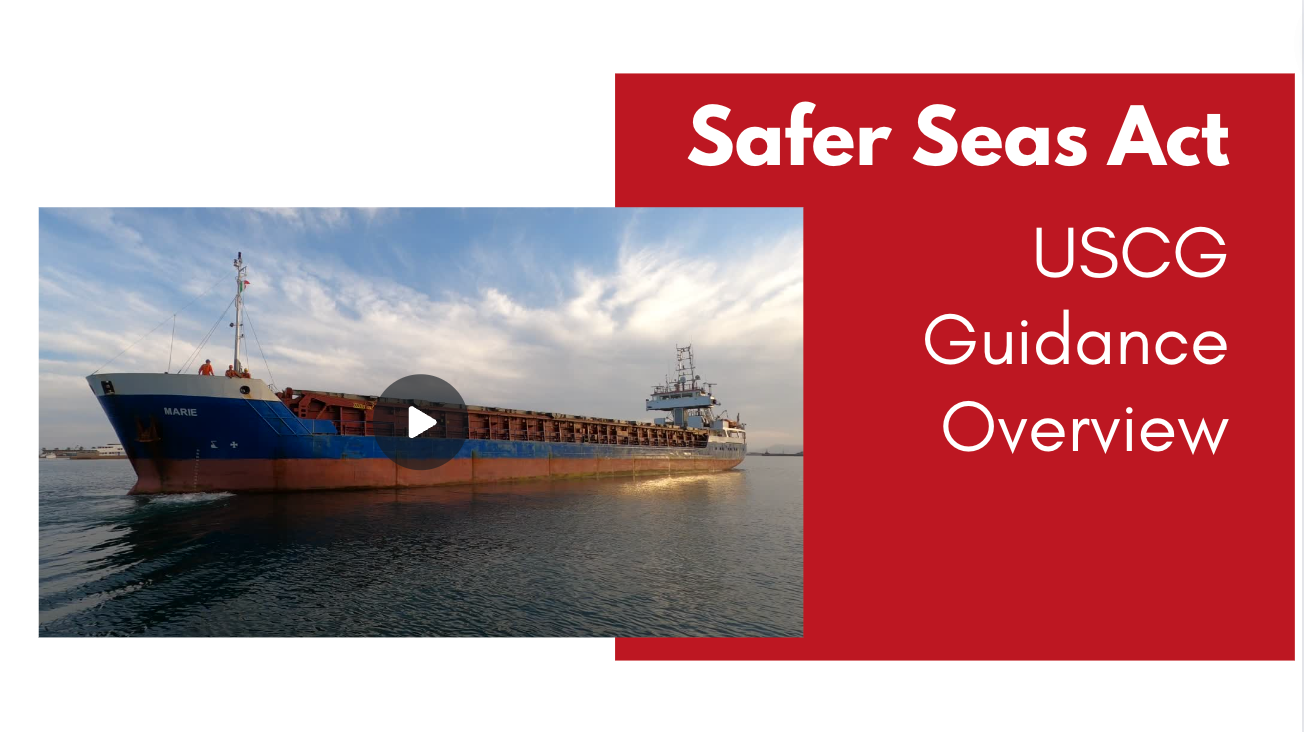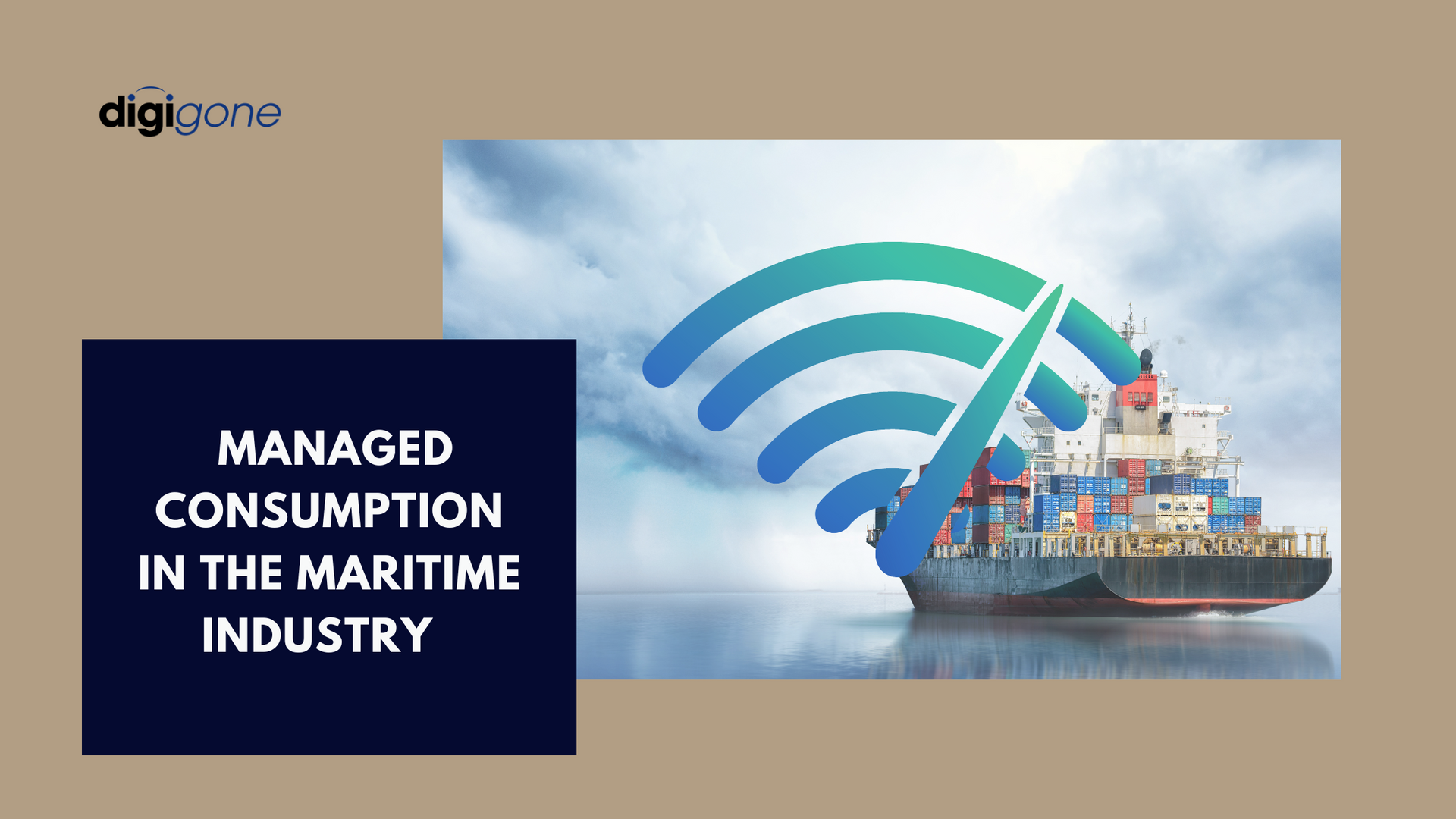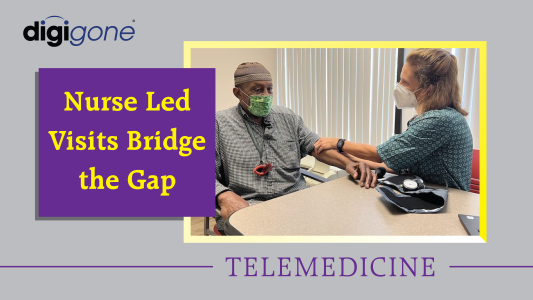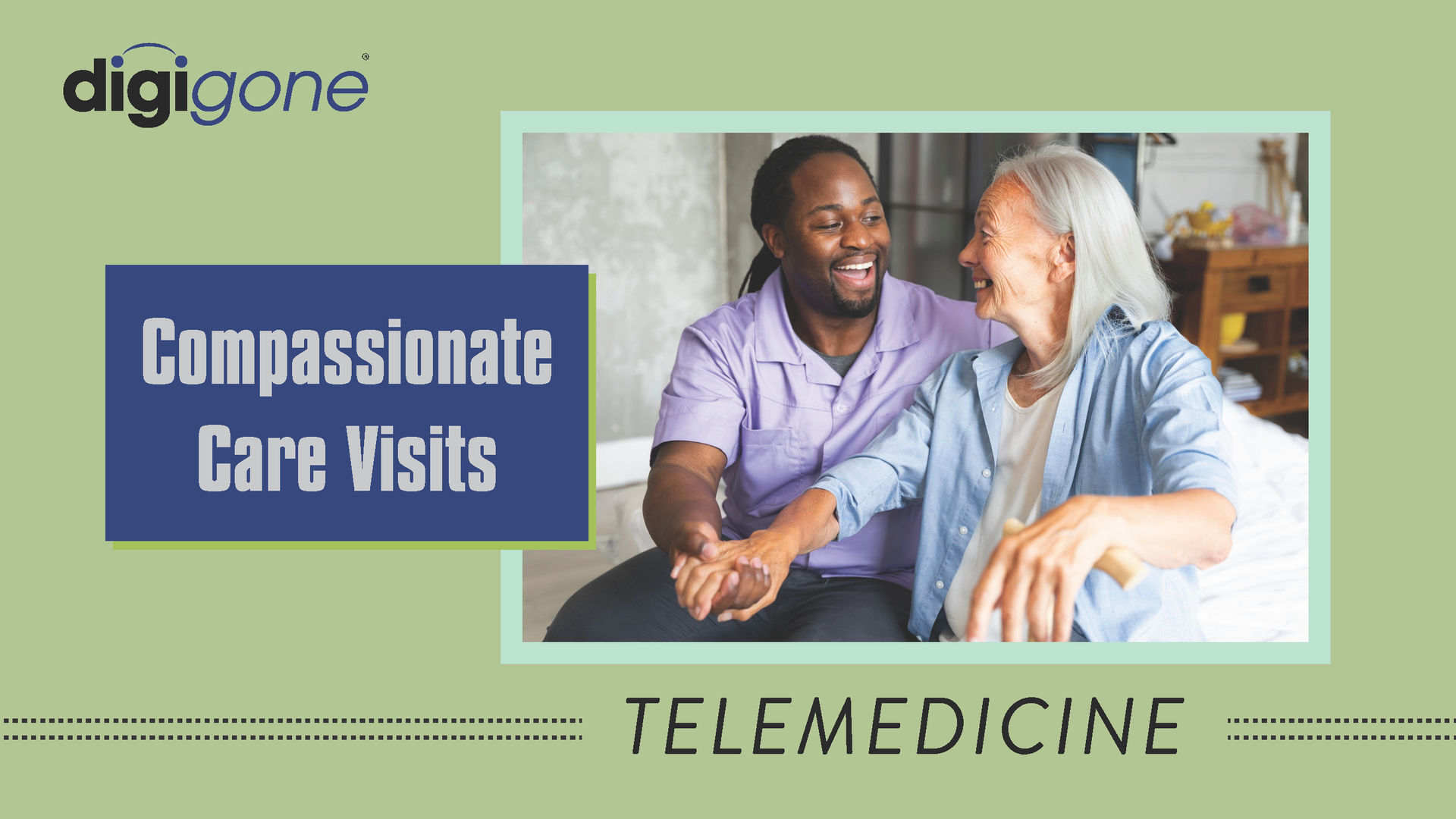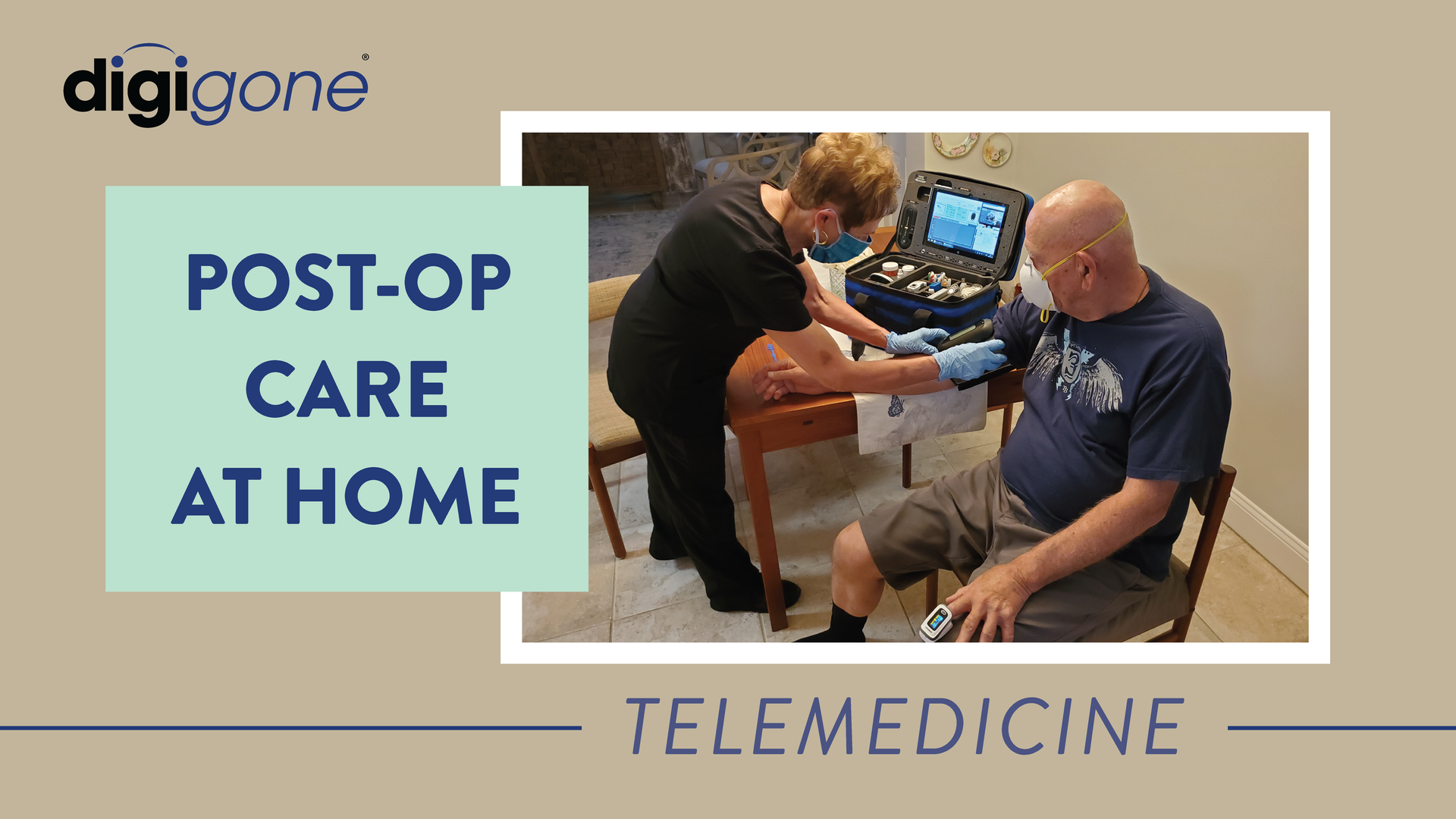The Ways Telemedicine is Helping to Flatten The Curve Around the Globe
DigiGone • April 21, 2020
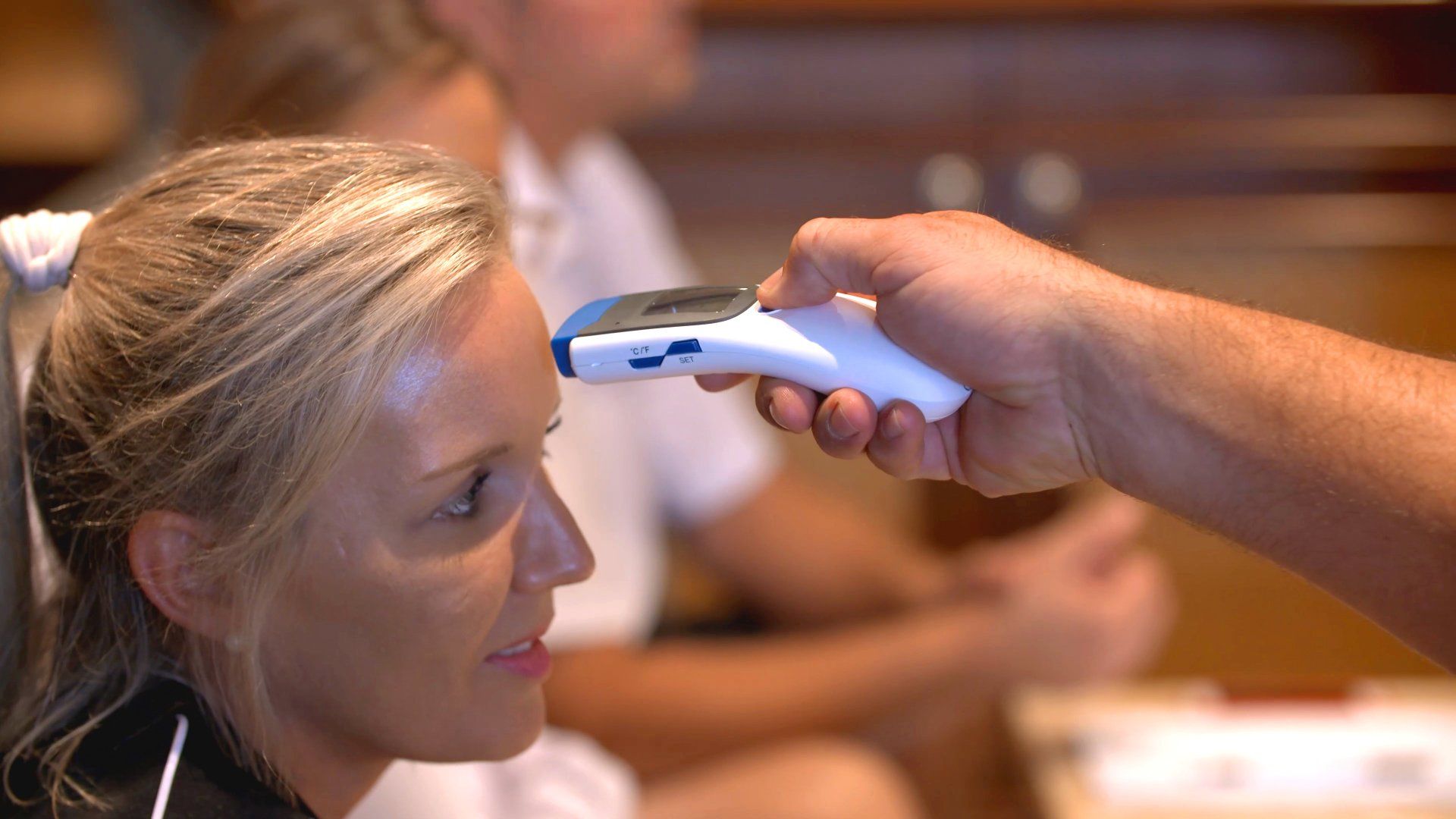
The use of telemedicine
has exploded over the past month. By connecting doctors to patients while essentially eradicating any risk of exposure, telemedicine has become a go-to tool for people around the world to help flatten the curve.
Businesses, both large and small, are also finding ways to protect their employees through telemedicine, and many governments have turned to it as well to reach remote patients and to keep people at home while still delivering the care they need.
Using Telemedicine Eases Fears in the Workplace
Among the many things that will be different in the post-COVID-19 world is the responsibility on companies to ensure a safe environment for guests and employees. People will need tangible proof that their health is prioritized above profits.
To do so, everyone needs to have a plan for dealing with both workplace and customer (or guest) safety. Businesses like Tyson, the largest meat company in the U.S., are using thermal scanners to check the temperature of all its employees as they enter worksites. General Motors is considering a form of antibody testing when employees return to work. The Wall Street Journal reported
that Disneyland and Walt Disney World are weighing different options that include temperature checks for guests as they arrive. They know it will slow the entry process, but they think people will be more willing to wait in a line knowing it’s for the greater good.
Temperature checks are a first line of defense. If someone does have a high temperature, they can be referred to an on-site clinic for further evaluation. For smaller to mid-sized companies, CDC recommends
that every workplace have a designated employee who is the lead on all COVID-19 issues. In telemedicine, this is often referred to as a designated medical officer (DMO). They’re trained on how to use telemedicine kits
and encrypted consultation services.
The DMO could then contact a doctor for a real-time consultation using diagnostic data from the telemedicine kit. These types of programs are what customers and employees want to see until the door is completely shut on this pandemic.
Telemedicine and Tourism
The travel industry is extremely difficult to moderate in terms of the transmission of diseases. A lot can happen between leaving a house, departing one city, arriving at another, then visiting large, crowded spaces. Several airports
around the world are using digital thermometers, which has helped in some cases. But, if that is the only measure utilized, one checkpoint in the customs area, it’s not enough. Someone may feel fine when they arrive at an airport, but that doesn’t indicate what shape they’ll be in 48 hours later at a museum.
That’s why many venues that have large groups of people, either visitors or employees, need to have a plan to not only keep facilities clean, but also the ability to consult with a doctor should some fall ill.
Home Healthcare Services
Home healthcare services rely on a workforce to visit patients in their homes, putting both the patients and workers at risk of being exposed to viruses. The Charlotte Post reported
on a group called Doctors Making House calls, a 125-doctor primary care mobile clinic for seniors, which has shifted to phone consultations and virtual visits whenever possible, allowing them to continue to serve their patients.
If a home visit is essential, studies
have looked at using nurses as a “telepresenter,” who while conducting at home check-ins in full personal protective gear, connect their patients to doctors via video or through a telemedicine kit. This has led not only to cost savings, but also prevented trips to the emergency room.
Reaching the Hard to Reach
In late March, Kenya set up a telemedicine center
at a hospital in an effort to virtually care for large populations that live in remote areas. CT Scans from around the country can be sent to this telemedicine center and within three to five minutes, COVD-19 can be detected.
“Through this technology, instead of sending radiologists to every county, CT scans from those counties can just be interpreted from here,” said Kenyan Health Cabinet Secretary Mutahi Kagwe.
Nigeria also launched a network of remote terminals to eight different areas. These terminals and busses are equipped with basic diagnostic equipment such as cameras, diagnostic scopes and ENT scopes.
In Germany, a company has created an app
that helps determine if someone is at risk for having COVID-19. This free chatbot called “Corona-Bot” is updated daily and asks questions about symptoms and other risk factors to determine the probability of coronavirus infection. If the risk is high, the patient is connected to a doctor via telemedicine for a full consultation.
Australia opened up telehealth services to the entire country in mid-March. A statement
released by the government explained that “Whole of population telehealth will allow people to access essential health services in their home and will support self-isolation and quarantine policies to reduce the risk of exposure and spread of COVID-19. It will also help vulnerable doctors continue to deliver services to their patients.”

Telemedicine kits are becoming indispensable tools for home healthcare providers, particularly during transition care medical examinations (TCMs). While the initial TCM is conducted by a physician who generates revenue from the service, the telemedicine kit significantly benefits home healthcare providers by expediting patient registration for their care services. With a nurse or medical assistant deploying the kit, patients can be quickly evaluated and connected with a physician, ensuring all necessary documentation and approvals are completed more efficiently. This faster onboarding process allows home healthcare providers to register more patients in less time, helping them deliver care sooner and grow their services efficiently. The ability to “bring the doctor” to the patient through a telemedicine kit is invaluable in initiating care seamlessly. Once patients are on board, home healthcare providers can continue leveraging telemedicine technology to improve how they deliver services. The kits enable nurses and medical assistants to perform follow-up visits, diagnostics, and real-time consultations without requiring patients to leave their homes. This capability allows providers to optimize their schedules and visit more patients daily, all while maintaining a high standard of care. The efficiency gained means better coverage, smarter use of resources, and happier patients. Beyond efficiency, telemedicine kits help providers build stronger connections with their patients by making care more accessible and personalized. Providers can quickly respond to emerging health concerns, adjust care plans, and ensure ongoing monitoring—all from the patient’s home. This not only leads to better patient outcomes but also boosts the provider’s reputation for being reliable and innovative. By facilitating the registration of more patients and enhancing care once they are onboarded, telemedicine kits are powerful tools that enable home healthcare providers to expand their reach, improve operational efficiency, and thrive in an increasingly competitive market. In a rapidly evolving healthcare landscape, telemedicine kits are revolutionizing how home healthcare providers deliver care, enabling faster patient onboarding, enhanced service delivery, and stronger connections with patients. By integrating this indispensable technology, providers can streamline operations, improve patient outcomes, and position themselves as leaders in care innovation. Don’t miss the opportunity to elevate your home healthcare services. Explore how telemedicine kits can help you expand your reach, optimize your resources, and deliver exceptional care. Contact us today to learn more and take the next step toward transforming your care delivery model.
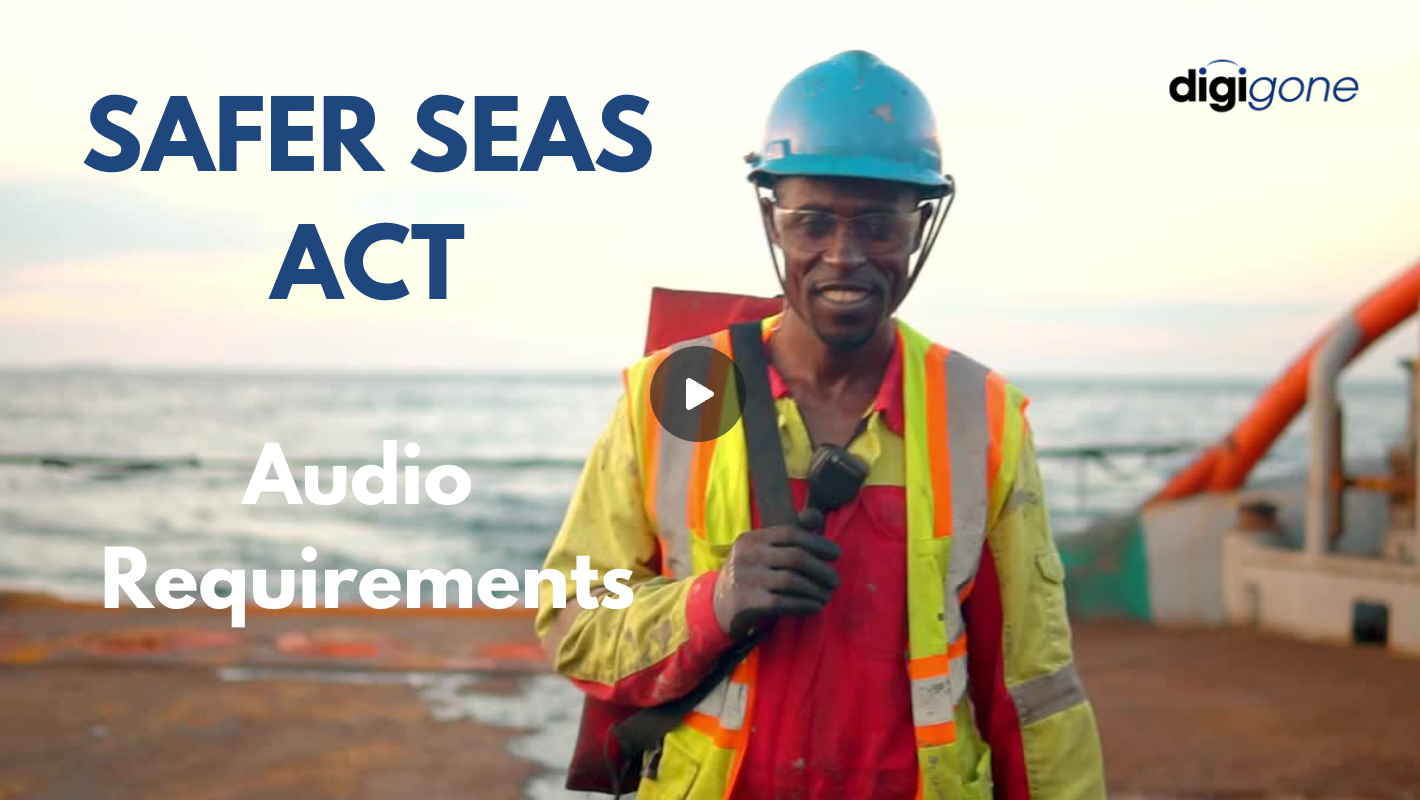
With the new Safer Seas Act, vessel companies must comply with many new regulations by the end of the year. One of those requirements includes audio equipment placed outside of hallways leading to staterooms, which DigiGone can help with. And while this may seem burdensome, these new rules will be good for vessel companies in the long run.



